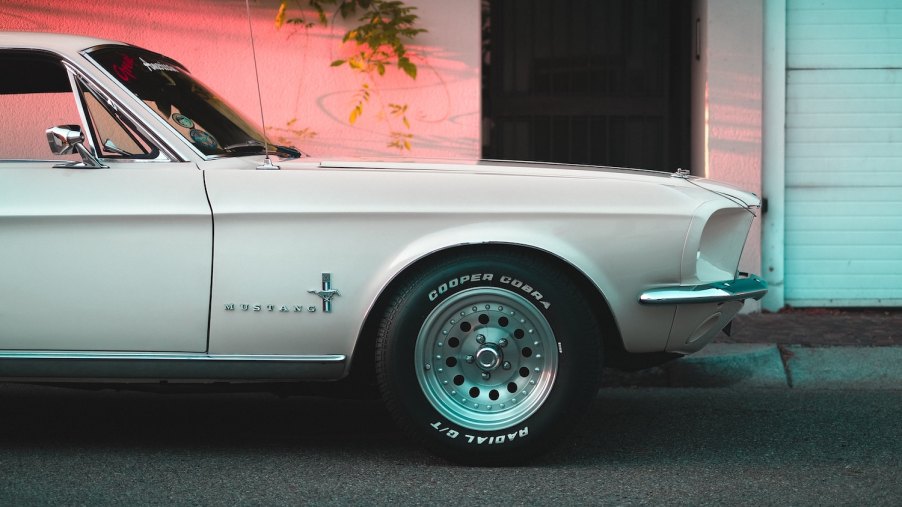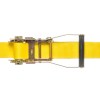
A Car Wing Isn’t a Type of Spoiler in the U.K.
Pepper a conversation with automotive terms like A-pillar, crankshaft, differential, or slushbox with someone who isn’t privy to such language and they might think you haven’t quite mastered the English language. But even among those well-versed in automotive language, car terms aren’t universal, and the same component of a car can have different meanings depending on the region. One such example is the “car wing.” So, what is a car wing and what does it do?
What a car wing means in the UK and its purpose
The term car wing has the same meaning in Birmingham, England as “fender” in Birmingham, Alabama — that is to say, Britons refer to a fender as a “wing.”
Effectively, fenders or car wings, depending on which term you prefer, are panels that run from the front or rear bumper to the car’s doors. Fenders serve to house the front or rear wheels, and as such, keep any bits of debris on the road from becoming a projectile from the force of the tires. They protect the car to which they are fitted in addition to anything else susceptible from being hit by mud, rock, or other debris that could be slung by the tires.
Fenders also aid cars’ aerodynamics by reducing the turbulence surrounding a spinning wheel. Of course, fenders/car wings also aid the overall styling of a car beyond its more practical purposes.
Even those in the know about car terms might interchange the term car wing/fender with a bumper, but the components have different purposes. A car’s bumper is the car component placed directly on the front and rear of the car designed to absorb impacts. Therefore, someone stating they had a “fender bender” with the only damage being a dent on the bumper is a misnomer.
A ‘car wing’ in the U.S. means something quite altogether different
Tell someone in the UK you’ve just added a wing to your car and they’re likely to look confused imagining what a car with an additional body panel around the front wheel may look like. Then again, a Briton telling someone in the U.S. they need a significant dent repaired on their car’s front left wing and the American will just how many “spoilers” can be fitted to a single car.
That’s because in the U.S. a car wing is often used interchangeably with the term spoiler, aimed at improving aerodynamics or increasing downforce — not protecting the car’s other components.
Britons and Americans differ on several more automotive terms
Those in the UK and the U.S. may speak the same language, generally, but the differences in common nomenclature are certainly apparent when it comes to automotive terms, reports Family Handyman.
Some notable examples include the differences in how Americans and Britons will check the engine. An American will lift the “hood,” while those in the UK will look under the “bonnet.” Other examples include:
- Windshield (U.S.) versus windscreen
- Lug nuts versus wheel nuts
- Generator versus dynamo
- Transmission versus gearbox
- Taillights versus brake lights
- Turn signals versus indicators
- Emergency brake versus handbrake
- Tailpipe versus exhaust pipe
- Muffler versus silencer
What car terms do you know that vary from region to region? Share them in the comments below!



